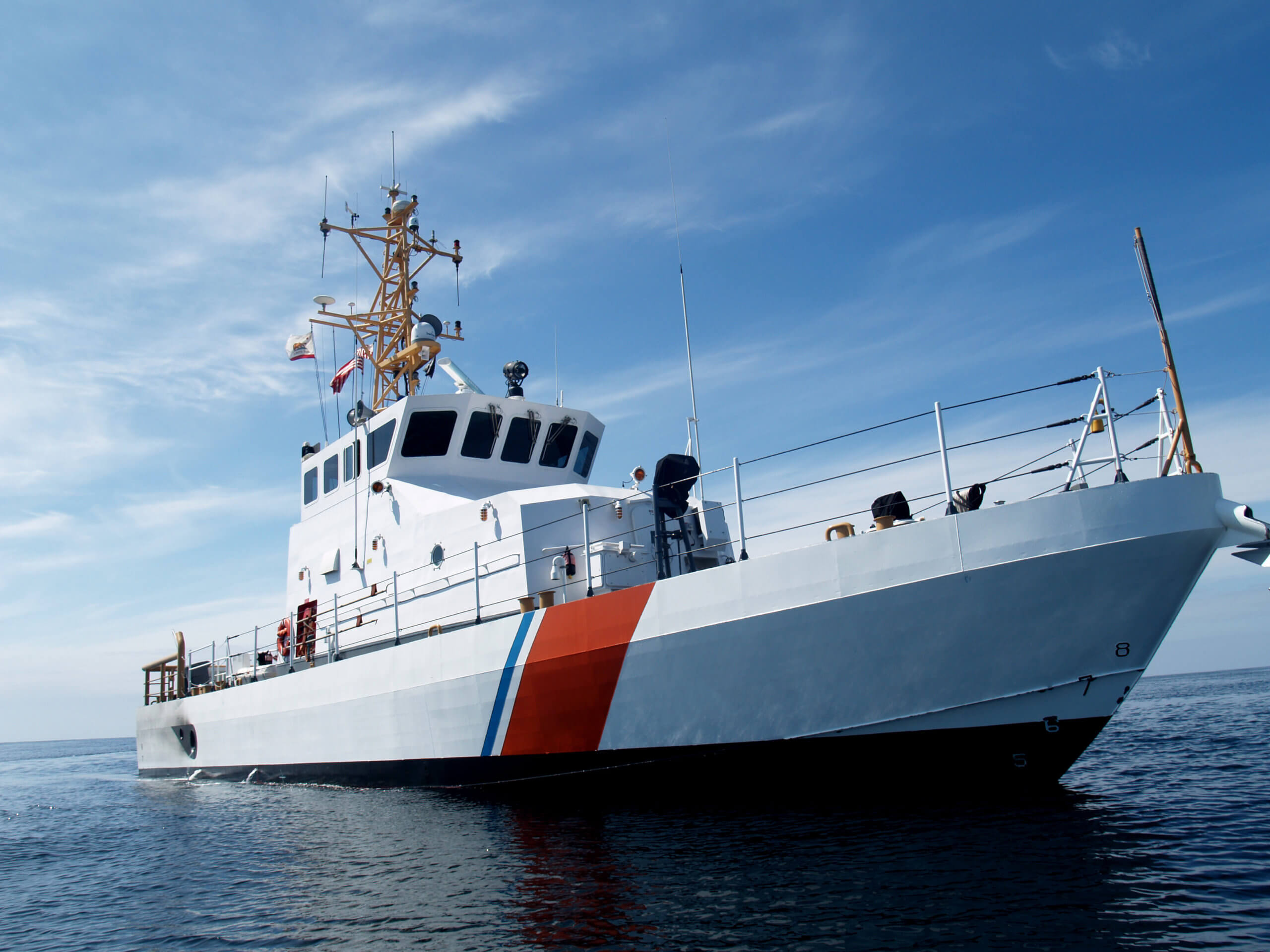Weighing The Anchor – Or Is It Waying?

Sometimes, the simplest thing can take on monumental proportions — if you get it wrong. And setting a proper anchor, and retrieving (or “weighing it” so you can “make way”), can make all the difference in the world when the wind starts to stiffen and all the other fishermen around you start to look askance at you, as you drag your anchor toward them.
Setting the Anchor
The art and science of anchoring are closely akin. It is all about leverage and “scope.” Scope is the ratio of the depth of the water (plus your freeboard, i.e., the distance from the water to your anchor’s cleat) to the amount of line, i.e., “anchor rode,” you’ve laid out. If you are in seven feet of water and there is three feet from the water to the cleat, this is a distance of 10 feet. Lay out 70 feet of “ground tackle” — anchor, anchor chain, and line (rode) — and you have a scope of 7:1 (70/10). This happens to be the U.S. Coast Guard’s recommended scope for proper anchoring under “normal” conditions. In light air, you can reduce to 5:1. In heavy seas, you should lay out 10:1 or even more.
The leverage aspect has to do with how the “flukes” create the holding power. The flukes are those long blades that actually stick into the sand (I am describing the Danforth-style anchor, which is ideal for our sandy and muddy bottoms on the South Shore).
Imagine your hand is the anchor for a second. Make a “claw” with your hand; your down-turned fingers are the flukes. They would bite in deeper and more firmly if your arm (what would be the “shank” if it were part of the ground tackle) was laying flat along the surface (try it down at the beach in the sand.) If you start to lift your arm, you can see how your claw/fingers/flukes start to pry themselves out of the imaginary sand/mud/ground. This is why a longer scope is better than a shorter one. It “de-levers” the flukes and keeps them pointing deeply into the holding surface. And the reason that chain (typically six feet, but it can obviously be more) is encouraged as the connecting medium between the anchor itself and the line is to add more weight to the shank — keeping the flukes digging in deeply.
What Goes On Around You Matters
One of the toughest parts of anchoring is judging how much scope to put out when you are anchoring around other boats. All boats will swing downwind on their anchors. If you anchor 50 feet behind another boat, and you put out 70 feet of rode, pray that the wind doesn’t clock around to the opposite heading. If so, prepare to be boarded by an angry crew!
Also, don’t anchor from the stern alone. If you anchor from the stern alone, you are likely to sink “on the hook.” Why? Well, your bow is now downwind and your stern, i.e., the flat transom, is into the wind. Water splashes against the transom and some splashes into the boat. The boat sits a little lower. The same size wave now splashes more water into the boat. The boat sits a little lower. You can see where this is headed. Down.
Weighing Anchor
If 7:1 scope is recommended for good holding power, and 10:1 scope is even better than that, what would be best for providing the least holding power? If you said 1:1, you get an “A” in anchoring. Here’s how you do it.
Hopefully, you have a crewmember who can go to the bow and take up the slack, flaking it on the deck as it comes in, while you slowly power up over the anchor. When the anchor line is lying straight up and down, your crew yells “stop,” and then tries to “weigh” or retrieve the anchor. But, maybe it is stuck. Well, re-cleat the anchor rode so that it is pointing straight down to the anchor (this is called “snubbing” the anchor.) If the line is going straight down to the bottom from your cleat, the scope must be 1:1.
Now, back away — don’t power forward! If the anchor suddenly breaks free, it could impale itself in your hull as it sweeps upward under the force of the boat surging ahead. Add power gradually astern and you will very likely break free. If you still haven’t, while power is still being applied in reverse, turn the helm hard over. This will cause the boat to rotate around the anchor. You are unscrewing from the bottom, like a corkscrew, and 99 times out of 100, this will finish the job. If the anchor is fouled, though, on rocks or cables, your last resort is to cut yourself free.
Anchors away!
BTW, if you are interested in being part of USCG Forces, email me at JoinUSCGAux@aol.com or go direct to the D1SR Human Resources department, who are in charge of new members matters, at DSO-HR and we will help you “get in this thing.”



